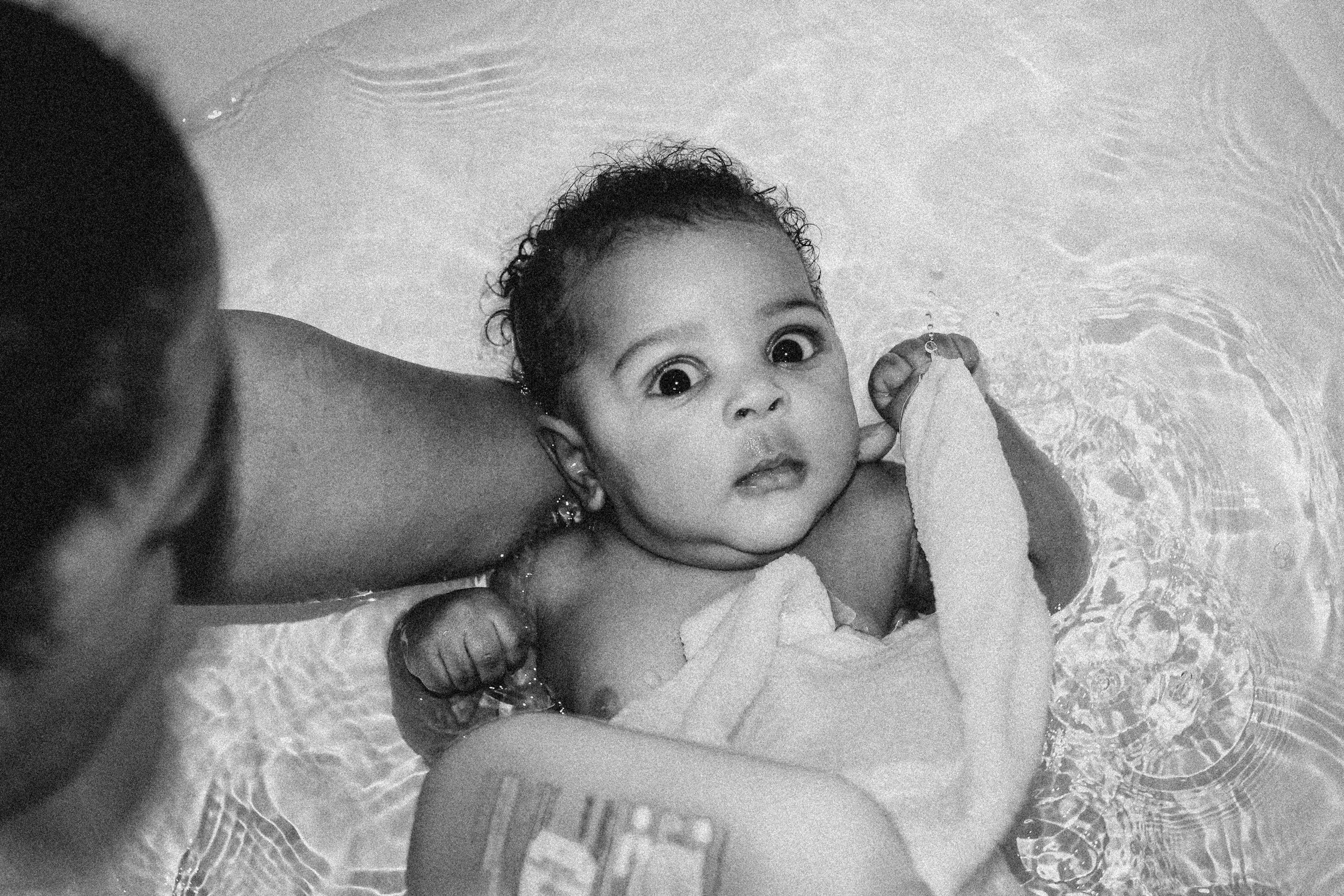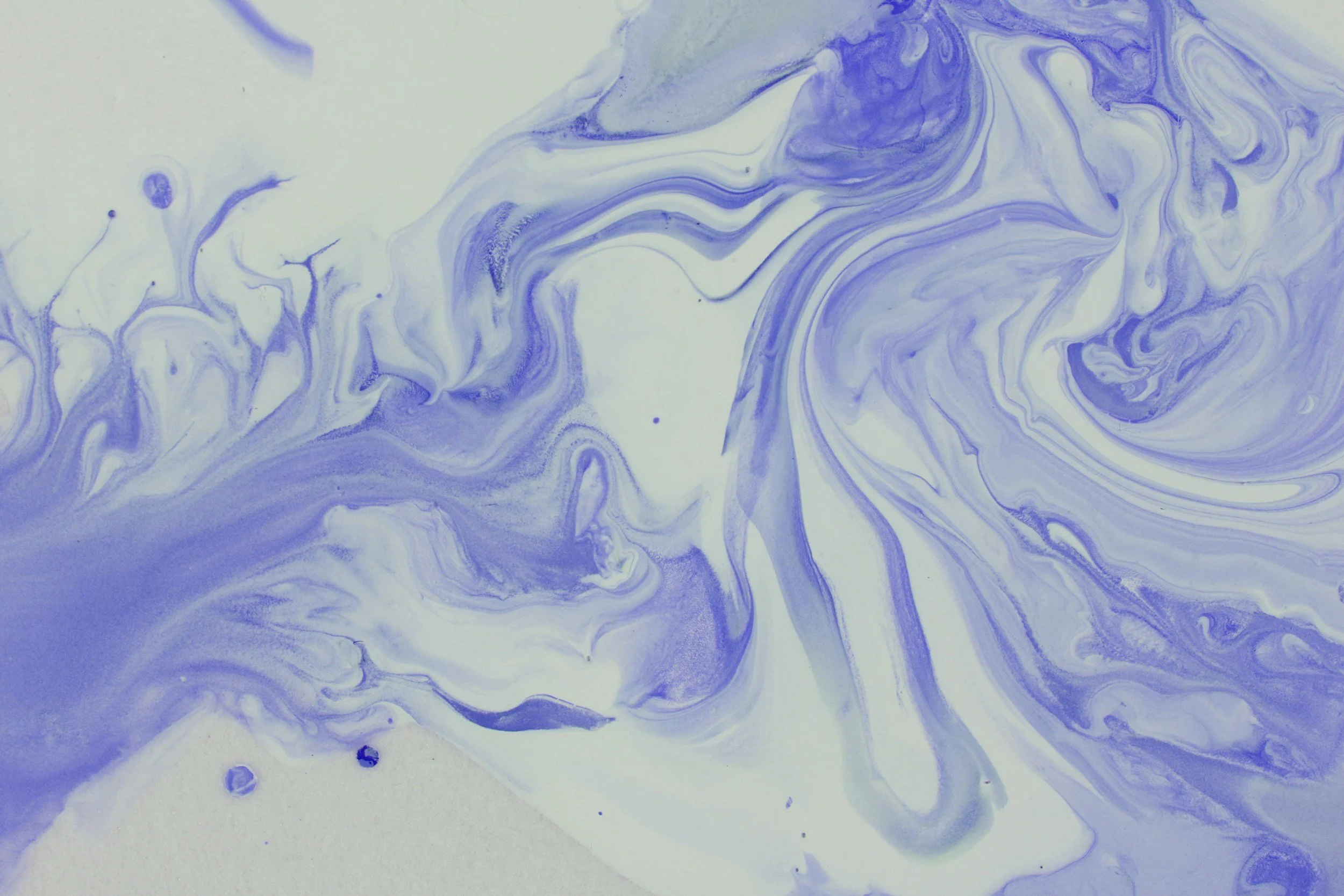Sensory Activities for Bath Time
This post is inspired by a parent who was determined to transfer aquatic therapy activities back into their routine at home. With some creative thinking, sensory knowledge, collaboration, and trial/error, this parent designed an amazing bath routine to support her child’s developmental skills and sensory regulation. After reviewing the routine, here are some of our favorite bath time sensory ideas.
Sensory Preferences:
Please note, every child has different sensory preferences and sensitivities. Be mindful of how your child responds to these activities and modify if needed.
These activities are intended to pleasurable and playful for your child. If you are concerned about a specific sensory behavior or preference, it is recommended to consult an occupational therapist.
Safety Considerations:
Supervise your child at all times during bath time activities
Ensure sensory activities are age and developmentally-appropriate for your child
Ensure the water temperature is comfortable for your child
Tactile Activities:
Temperature Activities: create water play with both hot and cold temperatures. You can even offer touch with an ice cube and discuss how the body responds to colder vs. warmer sensations.
Water Pouring: For tactile discrimination, have the child close his or her eyes and lightly pour water (with a cup or small pitcher) onto a joint or extremity. Have them identify the name of the joint where water was poured.
Textured Exploration: Use textured sponges, gloves, or bath scrubbers to explore different sensations on the skin. Explore which areas are more sensitive or ticklish to the textures.
Drawing: Lightly draw letters or numbers on your child’s skin (usually on their back) and see if they can guess the figure drawn.
Pretend Play: invite waterproof dolls/animals to participate in bath time. Model washing hair and using soap with the preferred toy to help your child learn the skills to complete it themselves.
Bubble Bath: Use bath soaps to create a bubble bath then hide small/preferred bath toys under the bubbles. Encourage your child to feel around the tub and guess the object before looking at it.
Proprioceptive Activities:
Weighted Towel: place a large, soaking wet towel on a child’s laps or tightly around their shoulders. This can provide calming, deep pressure input. Keep the towel warm for extra comfort.
Lap Pad: Use a weighted lap pad during bath time for calming input and to help extend time sitting time in the tub. You can find the link to one here.
Joint Compressions: complete compressions around the UE joints for calming, proprioceptive input. Label each joint as you provide compressions for body awareness. Stop compressions if your child is uncomfortable with them. Read more tips here.
Vestibular Activities:
Backwards I Spy: Encourage your child to lay backwards in the water and play “I Spy”. This encourages your child to visually attend to their environment when their vestibular orientation has shifted.
Head under the faucet: Run the faucet at a comfortable temperature and have your child stick their head under the faucet, moving around in different directions. This will challenge their sitting balance while their head is moving and their vision is occluded.
Head Under Water: if your child is comfortable and safe to submerge, allow them to put their head under the water (both backwards and forwards) and then sit up right for a vestibular challenge.
Visual Activities:
Lighting: Use dim or natural lighting during bath time to create a more calming environment. Avoid harsh fluorescents if possible.
Glow Sticks: Experiment with glow sticks in the bathtub for calming and explorative play.
Color Tablets: Drop color-changing tablets in the water for visual stimulation and color-mixing activities. You can find tablets here.
Bath Crayons/Painting: Use crayons or paint to color/write during bath time. Model drawing letters/numbers/words depending on your child’s age/academic level. You can find crayons here and bath paints here.
Auditory Activities:
Music: Use slow, quiet, and familiar music during bath time for a calming atmosphere. You child can practice drumming to the beat on the bath tube or singing along if desired.
Talking with ears in the water: Encourage your child to lay down with their ears in the water while talking. They can experiment with how the sound of their voice changes when their ears are submerged. Take turns with talking at different volumes to experiment with changes in hearing.
Oral Motor Activities:
Blowing Bubbles: Use a bubble wand or blow bubbles into the water.
Oral Necklace: Use an oral necklace if your child is oral seeking/wanting to drink the water. You can also allow them to crunch on ice chips.
Breathing Exercises: While sitting or laying in the bath, encourage your child to complete repetitive breathing exercises to calm the nervous system. You can read about deep breathing exercises for children here.
Blow Across: Place a light, floating object (like a ping pong ball) in the water and encourage your child to take deep breaths to blow the object across the bath tub. You can also place an object in your hand and see if they can blow hard enough to push the object into the tub.
We hope you enjoy these sensory activities! Feel free to email us with your thoughts/questions. If you have any other sensory activities you love, please share them them with Emily!






